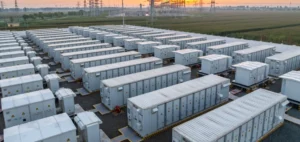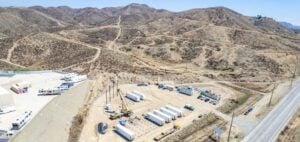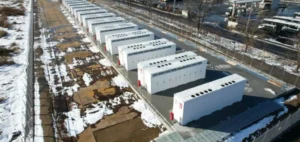Israeli group Nostromo Energy, specialised in energy demand management, announced the integration of its IceBrick thermal storage system into the Californian wholesale electricity market. Installed at the Beverly Hilton Hotel and also serving the adjacent Waldorf Astoria, the device was activated through coordination services provided by Olivine, a US-based company recognised for its role in integrating distributed energy resources within the California Independent System Operator (CAISO).
First participation validated by CAISO
This project marks the first active participation of a behind-the-meter thermal storage system as a demand response resource in CAISO’s wholesale market. Tests conducted under the Demand Side Grid Support (DSGS) programme achieved load reductions exceeding 200 kW, demonstrating the system’s ability to respond to demand peaks. The operation aligns with California’s SB 846 law target of 7 GW load shift by 2030.
Technology and operational coordination
The IceBrick technology uses an ice-based cooling storage system, remotely activated and capable of modulating a building’s energy use without affecting operations. It enables fast response to grid signals while enhancing system stability. Olivine, through its ClimateResponse platform, managed the coordination between technical market requirements and on-site system performance.
Scaling the model nationwide
The US Department of Energy (DOE) granted a conditional loan guarantee of $305mn to support the national deployment of this technology. This funding aims to accelerate the adoption of the IceBrick model in commercial and industrial sectors, including data centres and high-consumption buildings.
Outlook for buildings and operators
Project stakeholders noted that thermal storage systems can play a key role in grid flexibility without requiring new infrastructure. According to Nostromo, these solutions optimise existing grid capacity, particularly during periods of high demand, while creating new revenue streams for building owners.






















